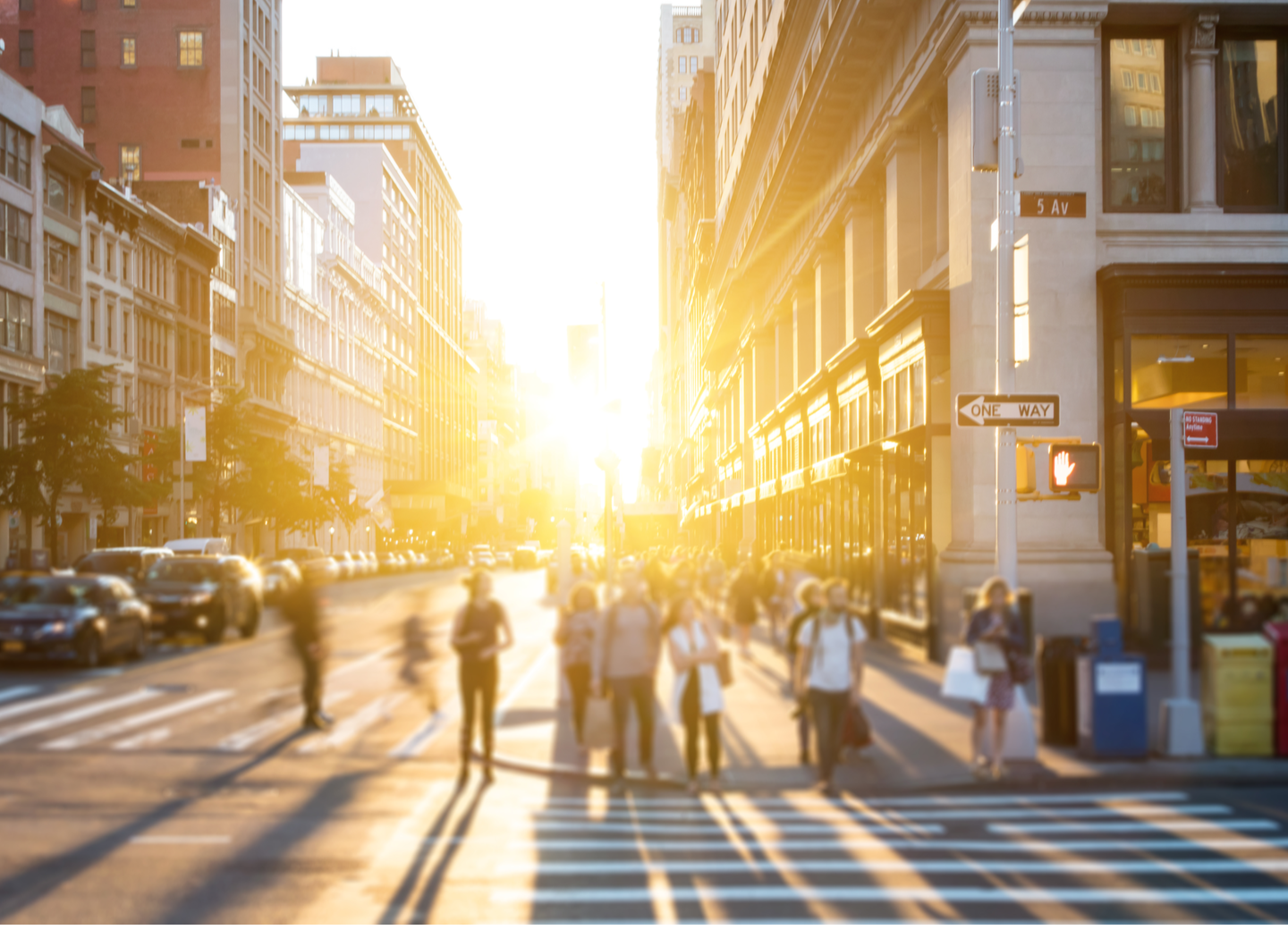Anyone watching the packaging industry knows that consumer appetite for sustainably produced, recyclable packaging is growing. Why? Experts can cite a number of drivers for today’s packaging trends, including legislation to reduce our reliance on single-use plastics and increased education about the benefits of paper-based packaging.
But perhaps the single most important factor influencing today’s packaging industry, which is expected to become a $1.05 trillion (USD) business by 2024, is growing urbanization. Today, more than 4 billion people live in urban areas around the world, and by 2050, that number will rise to nearly 7 billion (more than 2/3 of the world’s population). Some reports estimate that as many as 3 million people move to urban centers every single week.
Such dramatic increases in population density pose a number of challenges, one of which is waste. In 2016, the world’s cities produced more than 2 billion tons of solid waste, but as city populations rise exponentially in the coming decades, experts project annual waste generation to increase by a whopping 70 percent.
There are a number of reasons for this increase, including the growing popularity of convenience and single-use products, which are largely packaged in and/or made of plastic. Booming online shopping, which grew by 44 percent in 2020, also accounts for a lot of waste, although much of it is recyclable.
The good news? Rising demand for plastic alternatives is turning the packaging industry’s eyes toward paper packaging. But sustainable, recyclable packaging trends are only part of the solution to the growing problem of urbanization and waste.
Aging urban infrastructure and waste disposal systems become stressed as population density rises and people produce more and more waste. Consider the cascade of effects that stem from these trends:
- Increased traffic – More people means more residential and municipal traffic. But growing online shopping and waste production also mean more traffic from delivery and waste disposal trucks. City traffic, which has always been a challenge, is becoming a real issue as streets become more crowded with no way to add capacity.
- Increased pollution – Rising population means rising air pollution and waste production (plastic waste, in particular). How can cities dispose of all this waste? And what effect will it have on air quality, ground water and more?
- Inadequate services – Despite growing demand for recycling and composting services, not every locale can offer them. And even if they did, recycling and composting only address part of the problem. What happens to the materials that can’t be recycled?
Packaging Trends Point to Environmental Solutions
One solution is to rethink packaging to reduce waste at the source. Here are five packaging trends that address the challenges of urbanization and help stem the tide of our world’s growing waste problem.
- Right-sized packaging – Packaging that is carefully sized, or fit for purpose, reduces waste and pollution at the source. When sized correctly for the item inside, more packages can fit in a box, and more boxes can fit on a truck. Once delivered, more products can fit on a shelf, and residents in small-scale urban housing can save space and reduce waste once they take the product home.
- Paper-based packaging – Boxes made from paper reduce plastic waste and are easily recycled, composted or incinerated once they’ve outlived their useful life. In fact, paper-based packaging materials, such as the 100-percent recycled containerboard that will be produced at our Kingsport Mill starting in 2023, have become one of the most popular packaging trends in response to growing consumer aversion to plastic. Another innovative product is our award-winning paper freezer pack. It can be used in place of the plastic freezer packs commonly found in meal kit deliveries, which are popular among city dwellers.
- Reusable packaging – There’s a joke that you know you’re an adult when you get a box and think, “I should keep it for storing (fill in the blank).” But it’s true that sturdy boxes are a great way to fulfill the reuse part of the popular “reduce, reuse, recycle” slogan. Alltrue (formerly known as CAUSEBOX) is a subscription service that curates sustainable, ethically produced and minimally packaged goods in a beautifully illustrated box that is easy to repurpose. Decorative jars and fabric packaging also fit the bill. And once you’re done with these reusable containers, they can be recycled.
- Refillable packaging – Some companies are experimenting with refillable packaging, such as shampoo and detergent bottles. Loop, a circular shopping platform, partners with major brands to fill, distribute, collect and refill sustainable packaging for popular consumer goods.
- Biomaterials – In an effort to reduce the use of plastic packaging, more companies are experimenting with biomaterials to create water-resistant, stretchable films and moldable/extrudable plastic alternatives made from plant fibers and other organic materials. These products are durable, biodegradable and sustainably produced (often using waste products from other manufacturing processes), and they represent one of the most exciting packaging trends of the past decade.
